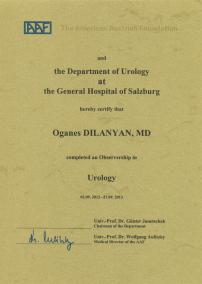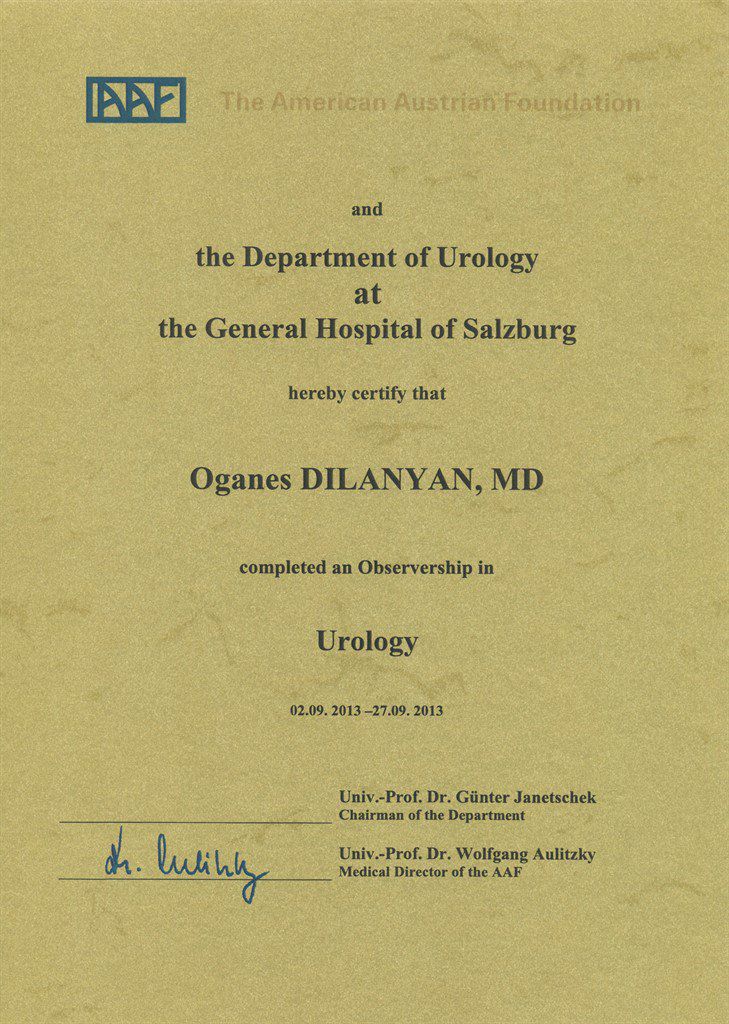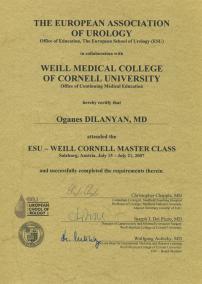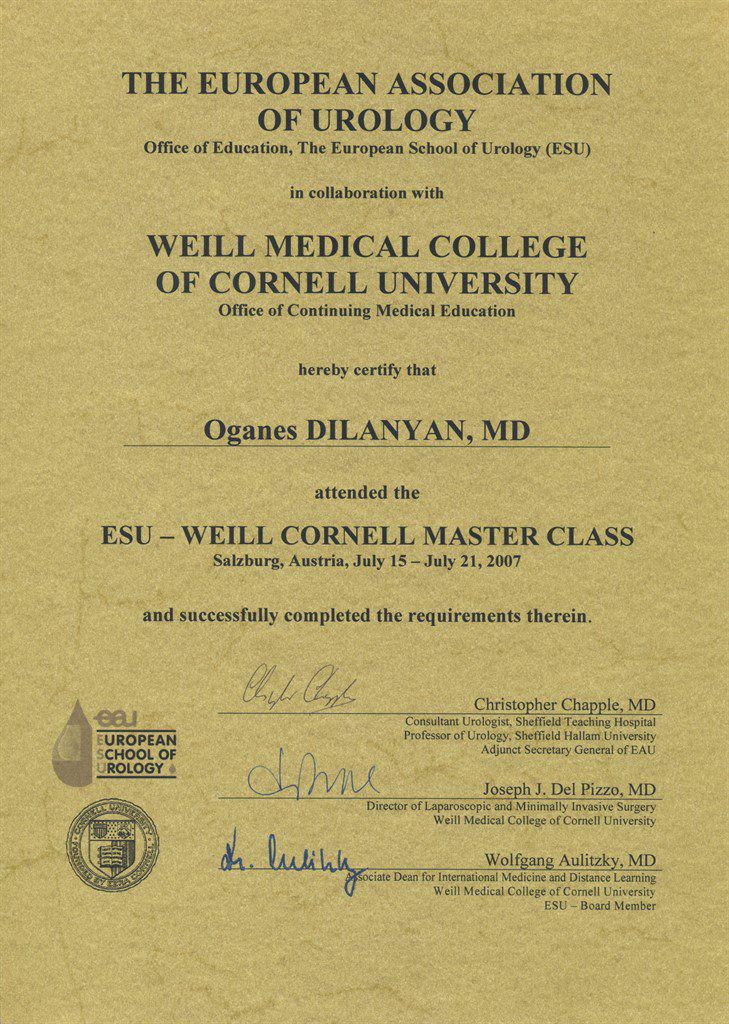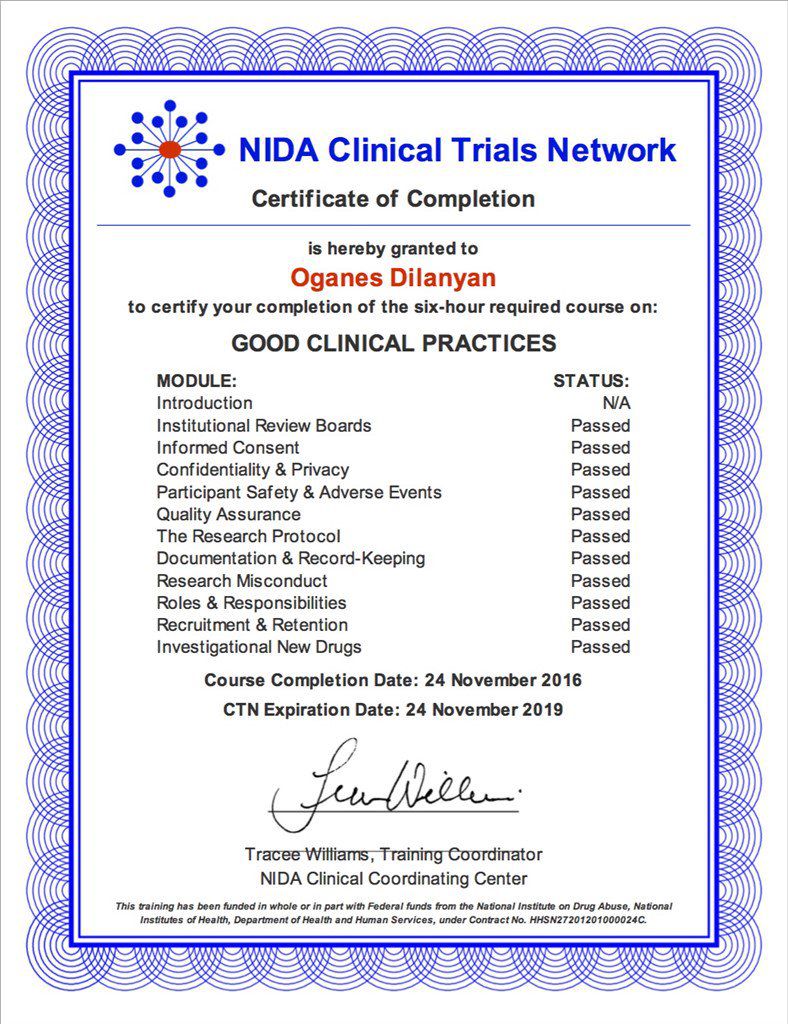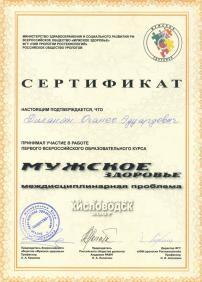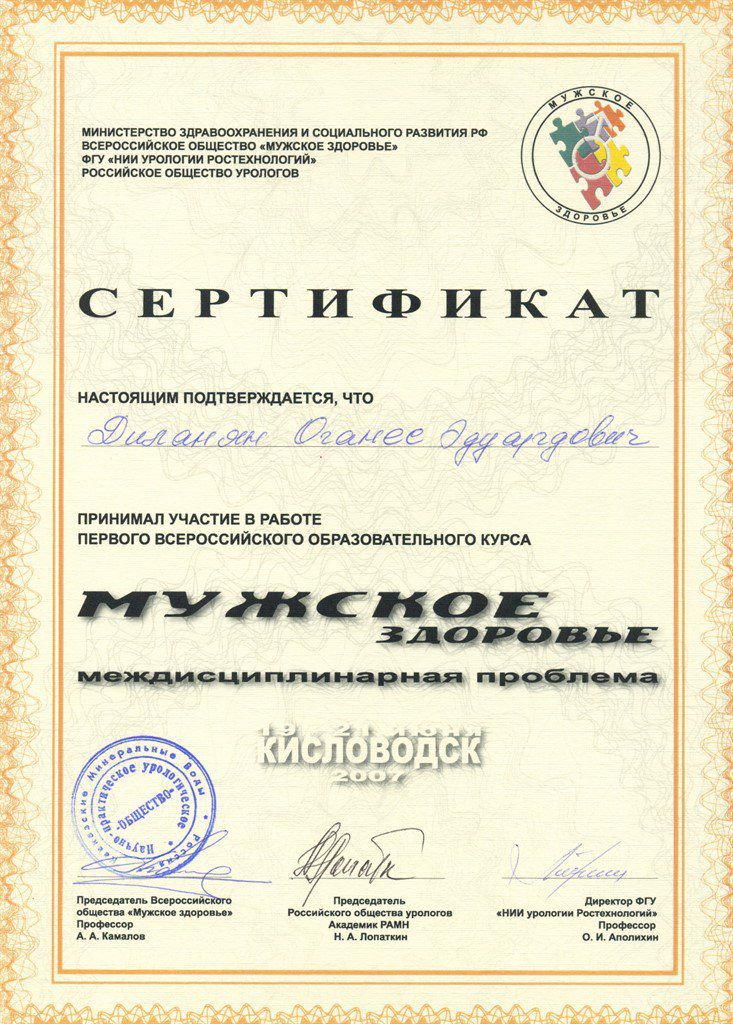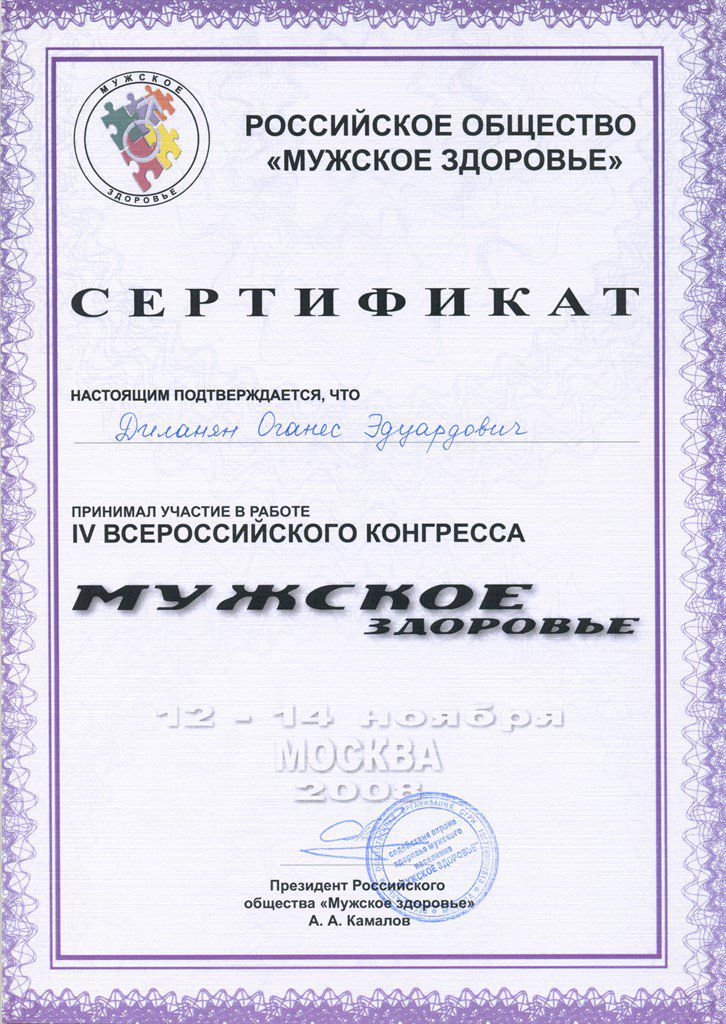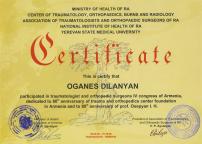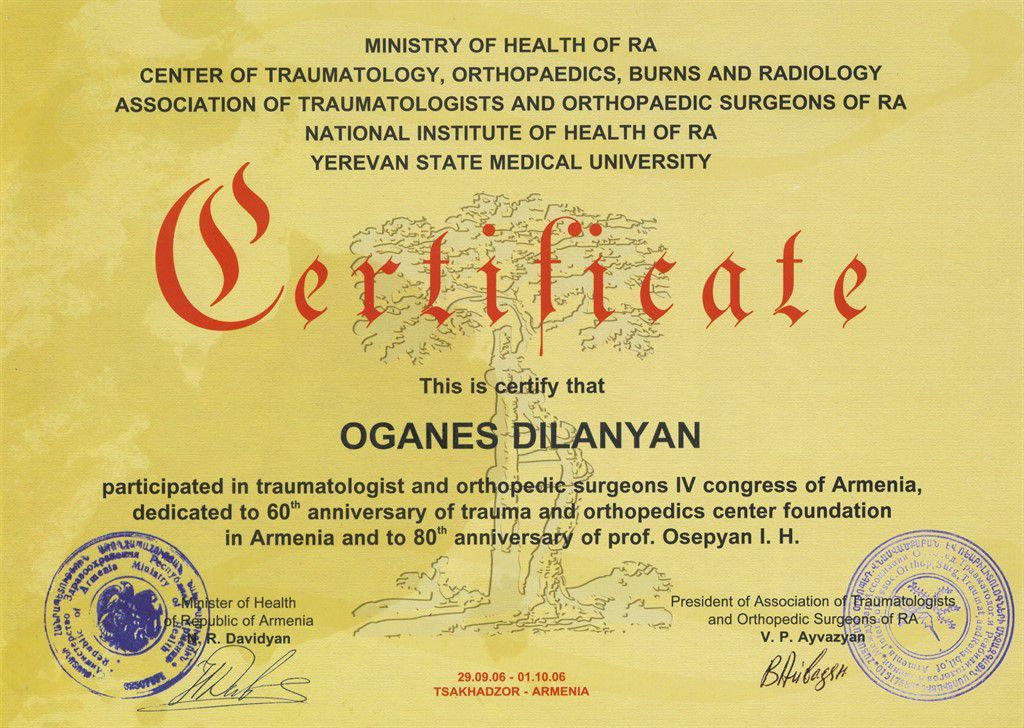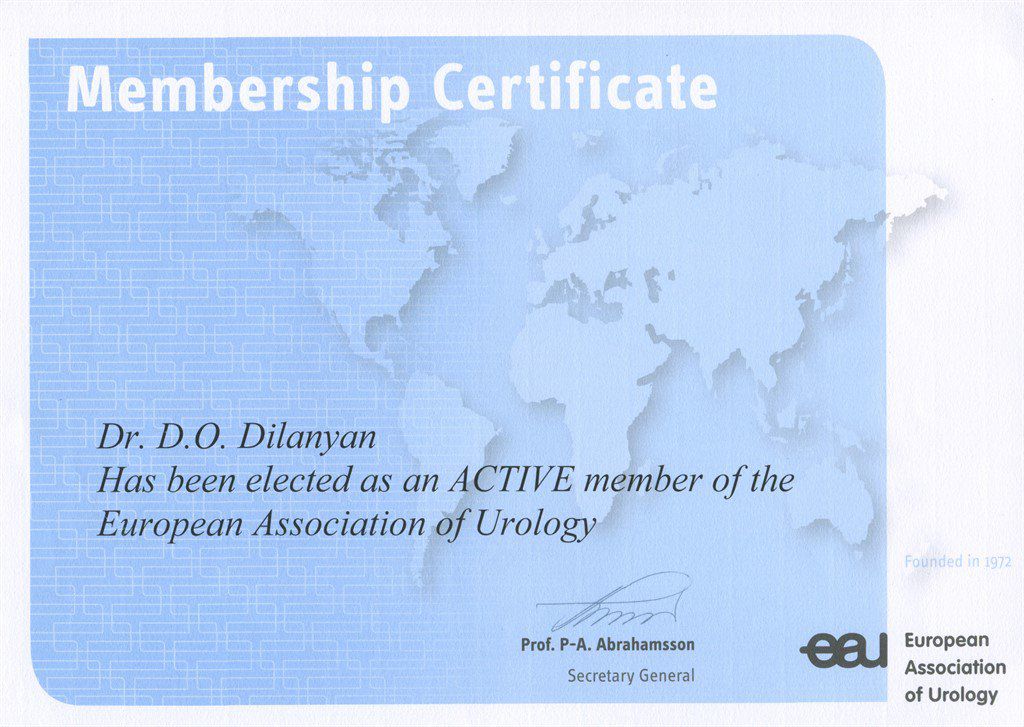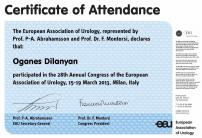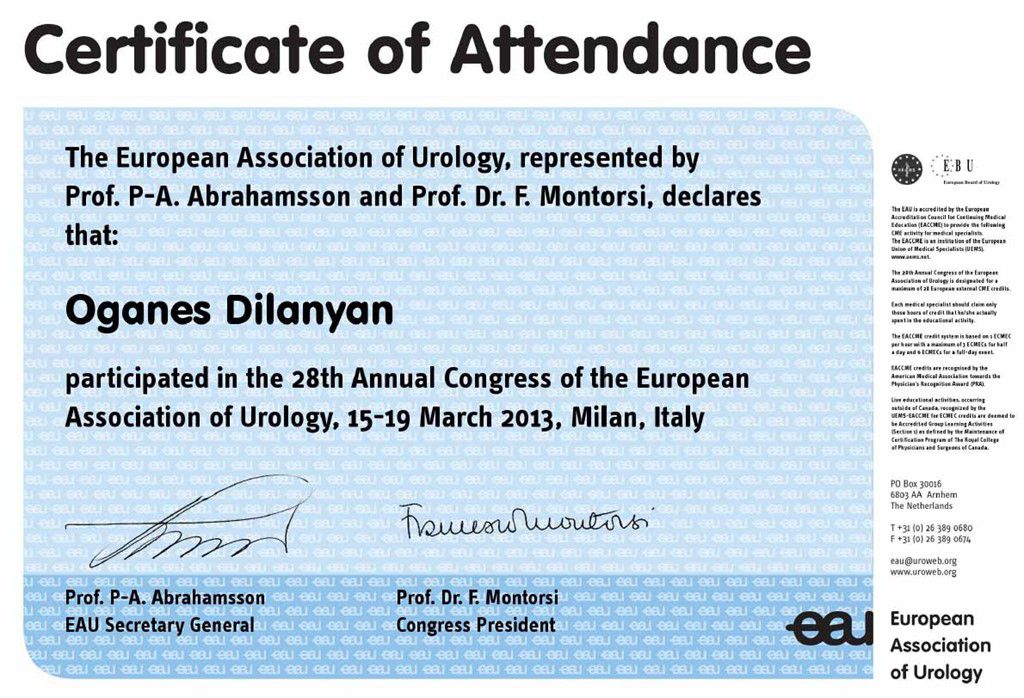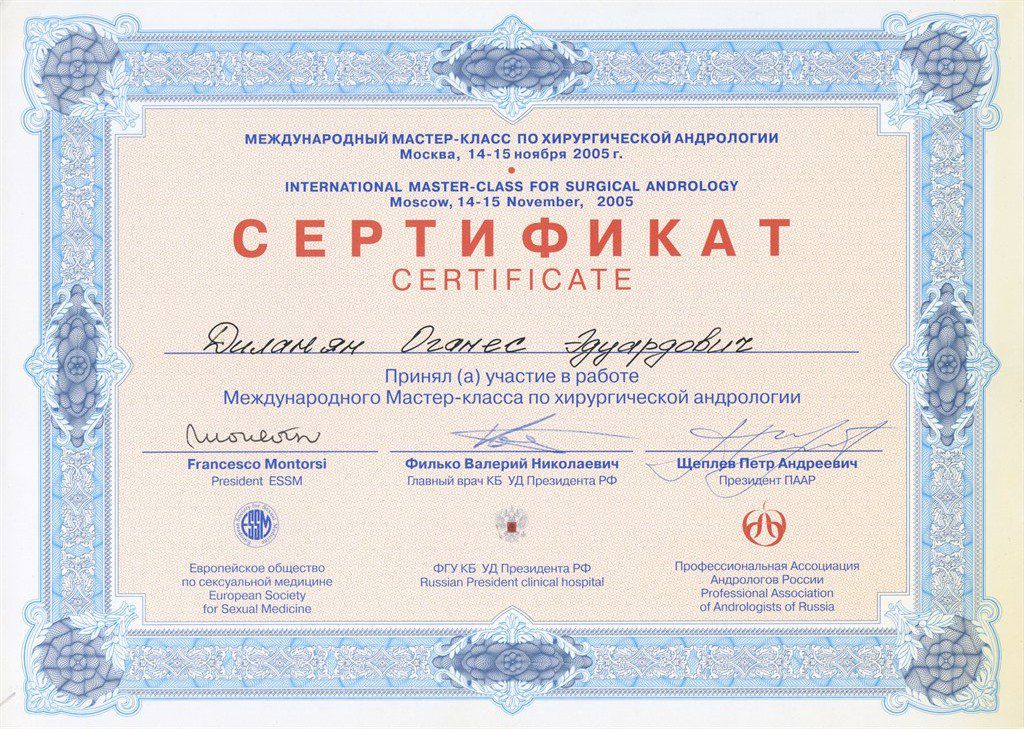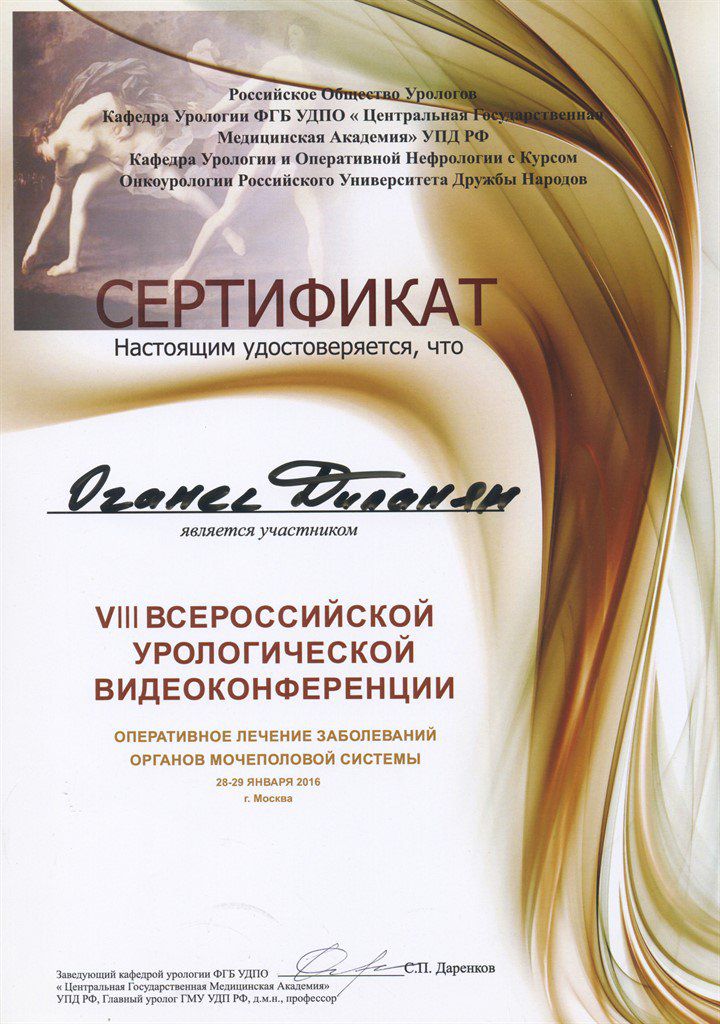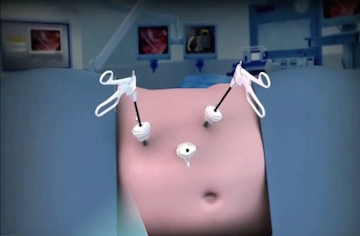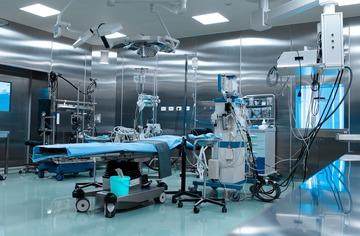Urethral Stricture
Urethral Stricture is a serious debilitating condition during which scarring of the urethra occurs causing subsequent narrowing and blockage of the urethra and making it impossible to pass urine. Treating urethral narrowing is one of the most complex tasks of modern urology.
Urethral stricture in men
Specific features: urethral stricture is a very unpleasant condition changing a man’s life dramatically for the worse. Even in the less advanced state of the narrowing this condition causes difficulty when urinating and “damp discomfort” due to uncontrolled dripping of urine. And in more advanced stages normal urination is simply impossible and there is a need for urostomy, a tube that is inserted into the bladder and the patient has to live with a urine filled bag attached to their body. A somewhat dry term “bad quality of life” does not even begin to describe the discomfort the patient experiences.
Urethral stricture surgeries
- Modern surgical treatment for urethral stricture helps restore urethral lumen and make normal urination possible again.
- There are different reconstructive surgery options to help solve urethral narrowing. The choice of method depends on how long the stricture is and why it developed in the first place.
- According to contemporary view urethral dilatation should never be used as treatment for urethral stricture! It has been demonstrated that it always leads to relapses and worsening of the patient’s condition.
“Doctor, I am unable to urinate properly”; “My urine sprays everywhere and I have to strain when urinating”; “Every time I am worried that soon I will not be able to urinate at all”; “The urine flow is weak, and every visit to the toilet is like torture, it hurts throughout and I can only relax when I have finished urinating”. These are all typical complaints of the patients who come to us with a urethral stricture diagnosis. What is worse is that half of the patients that come to us already have a urostomy, which is a tube inserted into the abdomen that is designed to drain urine. This is not just due to the narrowing but due to the complete closure of the urethral lumen and these people simply cannot urinate by themselves.

Unfortunately, many of these patients are offered old fashioned treatment methods of urethral narrowing correction such as urethral dilatation or endoscopic removal, also known as internal optical urethrotomy. And if the latter can be used in some cases the former always worsens the condition of the patient and often turn a simple stricture into a complex requiring complex surgical treatment.
Professor Gabor
Urethral narrowing: causes, symptoms and complications
There are three causes of urethral stricture: injury, inflammation and medical manipulations. All these three causes lead to scarring. The scar tissue slowly blocks the urethral lumen. This in turn leads to more complications. The quality of life worsens. The bladder suffers too in any case: if there is a urostomy in place the bladder simply stops working which leads to complications such as micro bladder; and if urination is “simply” difficult diverticulum of the bladder may develop. Chronic infections of the bladder lead to very bad and quite predictable complications. The patient is often left alone with their disease. They have a tube inserted into the abdomen at their local hospital or after calling an ambulance and are just left to get on with life. This is because only 4% of urologists practice reconstructive surgery. There are simply not enough surgeons practicing urethral surgery.
Urethral strictures should only be treated by qualified professionals experienced in plastic and reconstructive urological surgery.

A 27-year-old man is sitting before me in my office. He is very fidgety and is constantly touching his stomach.
- When did urination become difficult? – I ask, although I realise that he has not urinated normally for a long time now because the tube in his abdomen would simply not allow it.
- About a month after I was discharged from the intensive care, - he replies with a gloomy look on his face. I was just going to go back to work as I’d just spent three months in a hospital bed after the accident. But then one morning I was unable to urinate. I called an ambulance, they took me to hospital where I was diagnosed with post-operative stricture and they stuck this tube in me. It is constantly pulling, irritating me and I just can’t work with it there. It also constantly gets blocked.
- How often do you change the tube?
- Even if I do it daily it does not help. And I cannot even think about sex. Can anything be done about this or am I destined to live with this tube for the rest of my life?
- Let us first find out where the stricture is located and how long it is. We need to do a radiologic procedure called urethrography and see the stricture by performing fibre urethral cystoscopy.
Urethral narrowing diagnostics methods
Urethral narrowing diagnostics methods
This allows to assess the length of the stricture. This is a radiologic procedure during which a contrast agent is introduced into the urethra and some images are taken.
Using an optical instrument called a cystoscope the doctor accesses the condition of the urethral mucous layer, can detect any stones present and double check the information obtained during urethrographic investigation.
This method measures the speed of urine flow. This is a very important parameter for accessing the clinical picture of the disease. The patient urinates into a container and the speed of urine flow is accessed by a computer.
This is a necessary test that allows us to detect any inflammation in the urinary system.
In some cases, it is necessary to look at the urethra from the side of the bladder, especially if the patient has a urostomy fitted. The fiberscope allows us to access the urethra from both sides.
With the help of an ultrasound, the condition of the bladder and the kidneys can be accessed as well as the presence of retained urine which is also an important diagnostic criterion.
Urethral stricture treatment in men
It would seem that treating some tube narrowing should not be difficult. Just widen it and everything will be fine.
The problem is that any attempt to widen, stretch, or medically speaking treat it with a bougie are doomed to fail. Best case scenario is that the patient will have to go through a painful procedure once a month for the rest of their life. All their life. Once a month. On schedule.
Just because once formed, the scar which started the stricture will develop. Until the scar tissue is removed the disease will not be beaten.
It is not too bad if the stricture length is 1-1.5 cm. This area can be cut out and healthy parts of the tube sawn together. Theoretically. But in actual fact it is much more complicated.
And what if the narrowing is 5 cm or longer? What if the whole of the urethra is affected? What if there is not one narrowing but two or three? The whole of the urethra cannot be cut out and the urethral tube must be restored. Therefore, only an experienced professional with appropriate training and working in a hospital equipped with all necessary up to date surgical tools should attempt to treat urethral stricture.
Professor Barbali
Urethral stricture surgery in men
The problem with treating urethral stricture is that it is impossible to predict the course of surgery. This is a pretty standard situation for any reconstructive plastic surgery as removing an organ is always easier than reconstructing it. Reconstruction requires skill, ability to change direction during the operation and being able to perform all necessary manipulations required for plastic surgery. This is why only 4-5% of all urologists perform urological plastic surgery. And in the west, there exists a separate urethral surgery specialty. Why is that? What can be so difficult about restoring some tube?
Let’s see:
• A male urethra is divided into 5 parts and each of them is formed differently
• There are at least 3 reasons for the narrowing of each of those parts
• The strictures themselves can be long or short
• Every single case requires a tailored approach. There is no such thing as universal surgery for all types of urethral stricture.
In some cases, it is enough to remove the narrowed part and join the edges of the urethra again. In other cases, it is necessary to take part of the patient’s buccal mucosa (part of their cheek), for example and use it as a patch as well as restore the circumference of the urethra. And in some cases, it is impossible to do without complete reconstructive surgery of the urethra.

- What do you mean part of my cheek?! – the patient looks at me in shock. What does my cheek have to do with, you know…. what I pee out of?
- To be honest with you this still amazes me too. But many studies have proven that buccal mucosa is the best material for plastic surgery of this type. I smile. Look, you have a rather long stricture and we have to use something to replace the scar tissue with.
The patient spends a long time studying the drawings.
- But what is going to happen to my cheek? You want to rip a piece out of it! But it’s my face!
- Of course not, I am just going to take a small part of the mucus layer. From the inside.
You will forget about it after a week.
…A year after his operation I received the following message:
“…Dear doctor Dilanyan! I think that on Judgement Day half of your sins will be written off simply because you give people back the joy of urinating. “
If you require treatment for urethral stricture in Moscow please contact us. We will arrange admission to hospital on the day of your arrival, carry out all the necessary tests and make a precise diagnosis. If pre-operative preparation is necessary we will carry it out as soon as possible and will plan an operation for urethral stricture.


